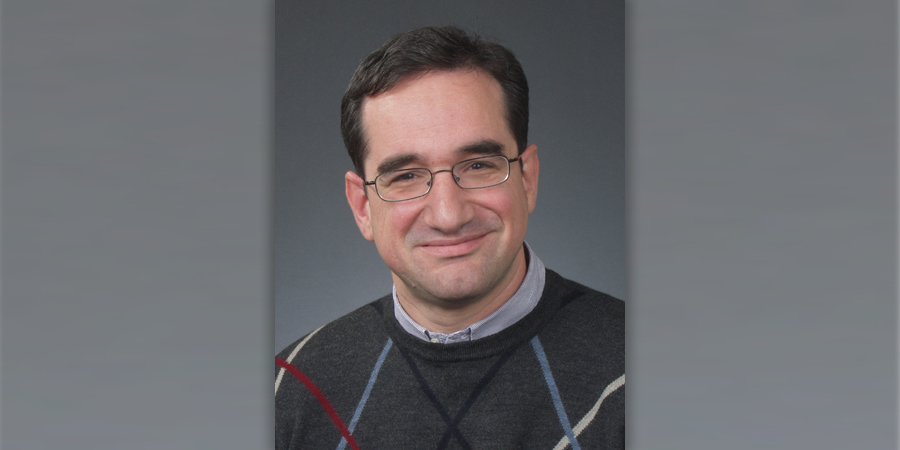Nokia, the leader of the optical network market is supplying its new optical transport network based on Dense Wavelength Division Multiplexing technology. It enables Service Providers to provide high-speed internet within the African region and is also the right infrastructure for 5G deployment at a later stage.
Telecom Review interviewed Nokia’s Head of Optical Network Technology Business for MEA, Carlo Corti, to know more about the company’s latest projects in the MEA region.
Could you tell us about your newly renewed two-year partnership with pan-African telco Liquid Telecom and what new technology you have introduced?
The newly introduced technology is Nokia’s optical transport network/dense wavelength division multiplexing (OTN / DWDM), and this technology along with our SDN network service platform (NSP) is capable of efficiently transporting 100G and beyond per wavelength. The deployment to Liquid Telecom will be an important, additional backbone network with Nokia technology across Africa.
What effect will this new partnership have on the broadband industry in East Africa?
This will enable our customers to significantly contribute to developing high-speed broadband services across Africa as well as to prepare the proper infrastructure for 5G launch. The massive traffic coming from consumer and enterprise services - driven by the social media apps, video and the digital economy- can be efficiently transported across the continent.
Could you briefly explain how Nokia’s OTN/DWDM technology works? How is the new 100 G DWDM/OTN upgrade different to the previous version?
It is a multi-terabit OTN switch, capable of providing uplinks at 100G and beyond programmable rate. In addition, the optical lambdas modulations can be programmed (e.g. 200G 8QAM or 16QAM (quadrature amplitude modulation) to maximize capacity vs. distance and minimize the spectral utilization.
This solution will allow the data to be efficiently transported from the initial 500G up to 20 Terabit over a single fiber, addressing the high traffic demand coming from new services.
This innovative OTN-based network is SDN driven through Nokia NSP platform. The introduction of SDN permits an easy and quick service provisioning at the pace of the new market demand as well as an efficient control of the deployed network to ensure that the committed SLA is provided to the end user.
Where will this new technology be functioning? Are there other countries you have been looking to introduce the network to?
As far as the Middle East and Africa are concerned, I’ll be referring to Egypt and Pakistan as publicly announced.
In an Africa-first, Nokia has deployed its 200G optical services on Telecom Egypt's delta backbone network. Telecom Egypt has adopted Nokia's Photonic Service Engine(PSE) technology to double backbone capacity on its delta region DWDM backbone network. Commercial deployment of the new high-speed service started in June last year and represents the first 200G long distance, single carrier transmission service in Africa.
In Pakistan, Nokia has deployed its 100G to Pakistan Telecommunication Company Limited's (PTCL) network to enhance the capacity and speed of the operator’s optical network for both domestic and international traffic. The new transport network supports PTCL in providing faster and more reliable services to its subscribers, while reducing capital and operating costs, for instance by minimizing the regeneration points. Also, it’s important to note that this Nokia technology is being deployed in several other countries in the region.
What are the problem areas or gaps in the industry that need to be tackled?
An efficient and cost-effective delivery of broadband services requires elimination of any bottleneck in the transport network (the digital highways). To address this challenge, Nokia’s more scalable, more efficient and more flexible optical network technology powered by its Photonic Service Engine(PSE) chipset - the world’s most advanced programmable super coherent digital signal processors – provides industry-leading optical network capacity, more wavelength capacity and wavelengths per fiber as well as platforms that can efficiently deliver differentiated services.
Apart from increasing connectivity within East Africa, what else does Nokia have planned for the rest of 2019?
Nokia is planning to help several customers in Middle East and Africa to build the wave fabric necessary to enable new services, especially, video, data center interconnection and 5G through super coherent Photonic Service Engine 3 (PSE-3) chipset, capable of maximizing the capacity and performance of every link in the optical network.
In addition, through its innovative software, namely WaveSuite Service Enablement applications, Nokia plans to help its customers virtualize and monetize their transport infrastructure by providing hierarchical multi tenants services. These applications use Nokia patented business relationship-aware software models, capable of making the network more consumable and provide multi tenants services to more end customers and go-to-market channels.











